When it comes to known Spain’s wine regions, most people immediately think of renowned places like Rioja, Ribera del Duero, or even Catalonia’s Penedès. However, Spain is teeming with hidden gems waiting to be explored. Join us on a journey through some rising Spanish wine regions, where tradition, terroir, and tantalizing flavors converge to create unforgettable experiences. And if you’re ready to explore even further, remember that Colorful Wines can organize a custom trip, tailored to your preferences.
1. Bierzo: Where Mencía Reigns Supreme
In the northwest of Spain lies Bierzo, a region celebrated for its elegant and aromatic wines made from the indigenous Mencía grape variety. Nestled within the region of Castilla y León, Bierzo’s wines captivate with their vibrant fruit flavors, floral aromas, and a refreshing acidity that leaves a lasting impression on the palate. Prepare to be enchanted by the allure of Mencía because once you try it you can never go back!
How to Reach Bierzo:
Asturias Airport (OVD) and Santiago de Compostela Airport (SCQ) are closest to Bierzo. From there, you can rent a car for a scenic drive of about 2 to 3 hours to reach the region.
Must-Visit Towns Around Bierzo:
- Ponferrada: The largest city in the Bierzo region, Ponferrada is known for its medieval Templar Castle, which sits atop a hill overlooking the city. Explore the charming old town, visit the Basilica de la Encina, and wander through the lively Plaza Mayor.
- Villafranca del Bierzo: This picturesque town is situated along the Camino de Santiago pilgrimage route and is known for its historic architecture, including the 9th-century Church of Santiago. Take a stroll along the riverfront promenade and visit the local market to sample regional specialties.
- Cacabelos: Among vineyards and rolling hills, Cacabelos proudly showcases its famous wine production, offering ample opportunities for wine tasting and exploring local wineries. Don’t miss visiting the beautiful 16th-century Iglesia de Santa María.
Foodie Corner: What to Eat in Bierzo?
- Botillo: In the Bierzo region, locals prepare botillo, a hearty pork sausage made from various cuts of meat. They season it with garlic, paprika, and other spices, and typically serve it with potatoes and cabbage. It’s a flavorful and satisfying dish that’s perfect for sharing with friends and family.
- Empanada: Another local favorite, empanada is a type of savory pie filled with a variety of ingredients such as meat, fish, or vegetables, and often seasoned with paprika and other spices. It’s a popular snack or appetizer in Bierzo and can be found in bakeries and cafes throughout the region.
- Pimientos de Padrón: These small green peppers are a staple of Galician cuisine, often fried and sprinkled with coarse sea salt. Known for their mild flavor, they occasionally surprise you with a spicy one, adding an exciting twist to your meal.
Embark on a culinary adventure through Bierzo and indulge in the region’s delicious food and wine, surrounded by breathtaking landscapes and rich cultural heritage.
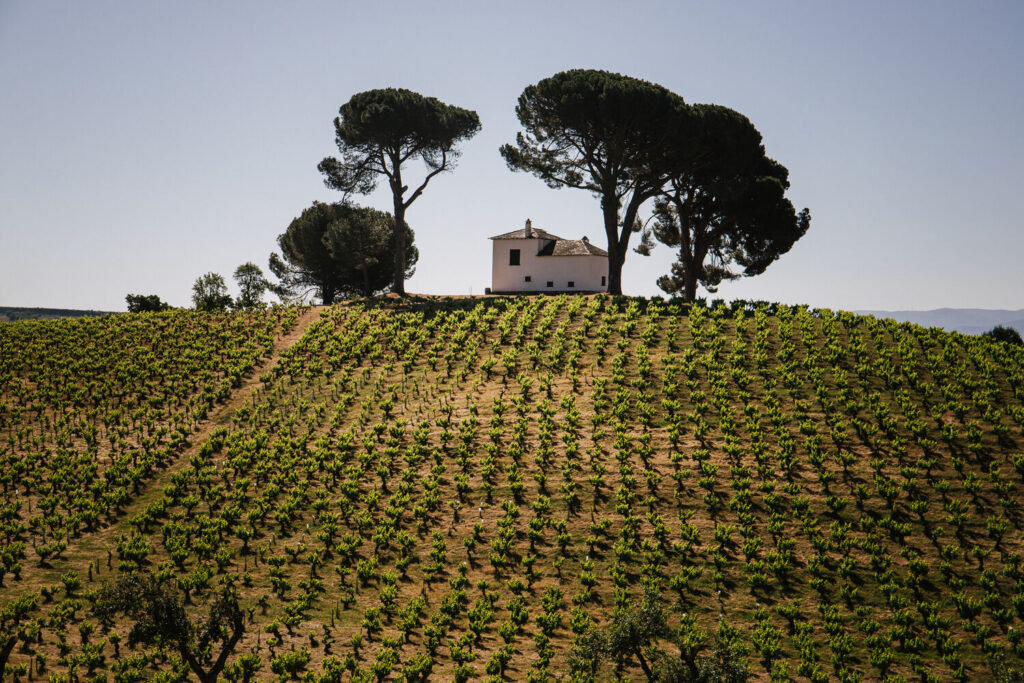
2. Txakoli: Basque Country’s Effervescent Delight Among Spain’s Wine Regions
For something truly unique, head to the Basque Country and discover Txakoli (or Chacolí), a slightly effervescent, low-alcohol wine that embodies the spirit of the region. Made primarily from indigenous grape varieties such as Hondarrabi Zuri and Hondarrabi Beltza, Txakoli delights with its crisp acidity, lively bubbles, and refreshing citrus notes—an ideal companion for a leisurely afternoon by the sea.
How to Reach Txakoli wine region:
Bilbao Airport (BIO) is closest to the Txakoli region. From there, you can rent a car for a scenic drive to reach the coastal towns where Txakoli is produced.
Must-Visit Towns in the Basque Country:
- Getaria: This charming coastal town is famous for its Txakoli production and boasts picturesque streets, beautiful beaches, and excellent seafood restaurants. Don’t miss the chance to visit local Txakoli wineries and stroll along the waterfront promenade.
- Zarautz: Known for its long sandy beach and vibrant surf culture, Zarautz is another must-visit town in the Txakoli region. Enjoy a leisurely stroll along the beach, explore the historic old town, and indulge in delicious pintxos (Basque tapas) and fresh seafood.
- Hondarribia: Situated near the French border, Hondarribia is a charming town with a well-preserved medieval old town, colorful Basque-style houses, and excellent restaurants. Take a walk along the cobblestone streets, visit the picturesque fishing port, and savor traditional Basque cuisine.
Foodie Corner: What to Eat with Txakoli?
- Pintxos: These Basque-style tapas are a culinary tradition in the region and can be found in bars and taverns throughout the Txakoli-producing areas. Sample a variety of pintxos, ranging from classic combinations like jamón ibérico and Manchego cheese to more creative offerings featuring local seafood and vegetables.
- Grilled Fish: Given Txakoli’s coastal location, fresh seafood is a highlight of the local cuisine. Be sure to try grilled fish dishes such as sardines, anchovies, or sea bream, served simply with a squeeze of lemon and a sprinkle of sea salt.
- Idiazabal Cheese: Produced in the Basque Country and neighboring regions, Idiazabal cheese is a semi-hard sheep’s milk cheese with a distinctive smoky flavor. Enjoy it on its own or paired with quince paste and crusty bread for a delicious snack or appetizer.
Immerse yourself in the vibrant culture, stunning landscapes, and exquisite flavors of Txakoli, where each sip of wine and bite of food tells a story of Basque tradition and hospitality.
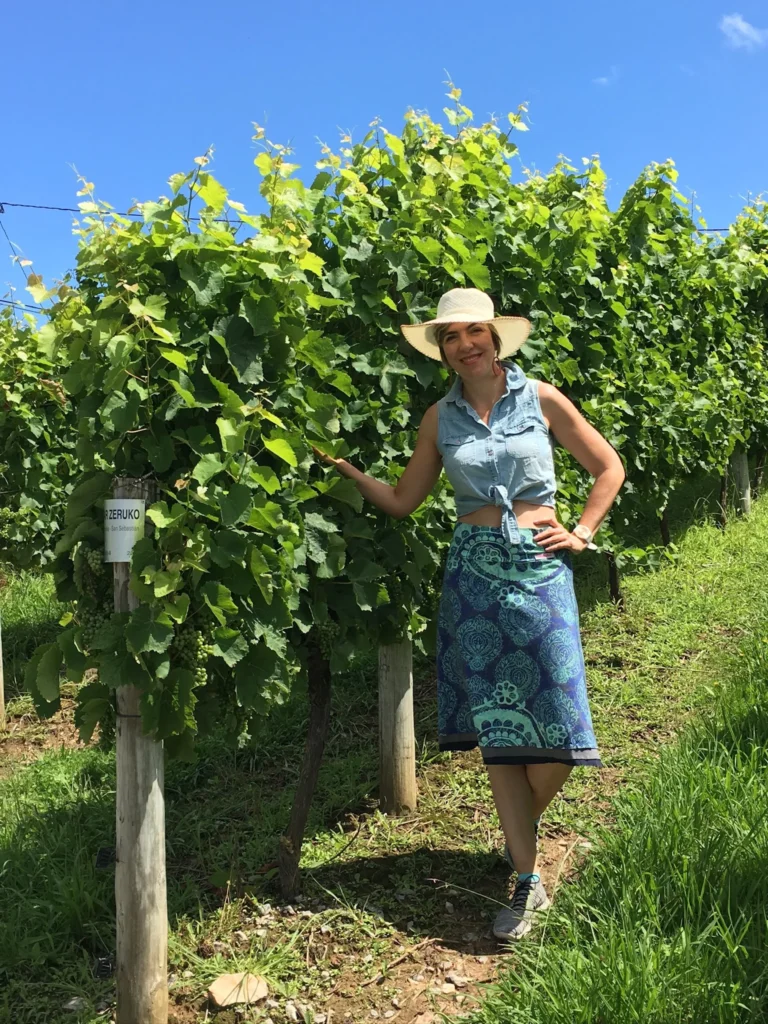
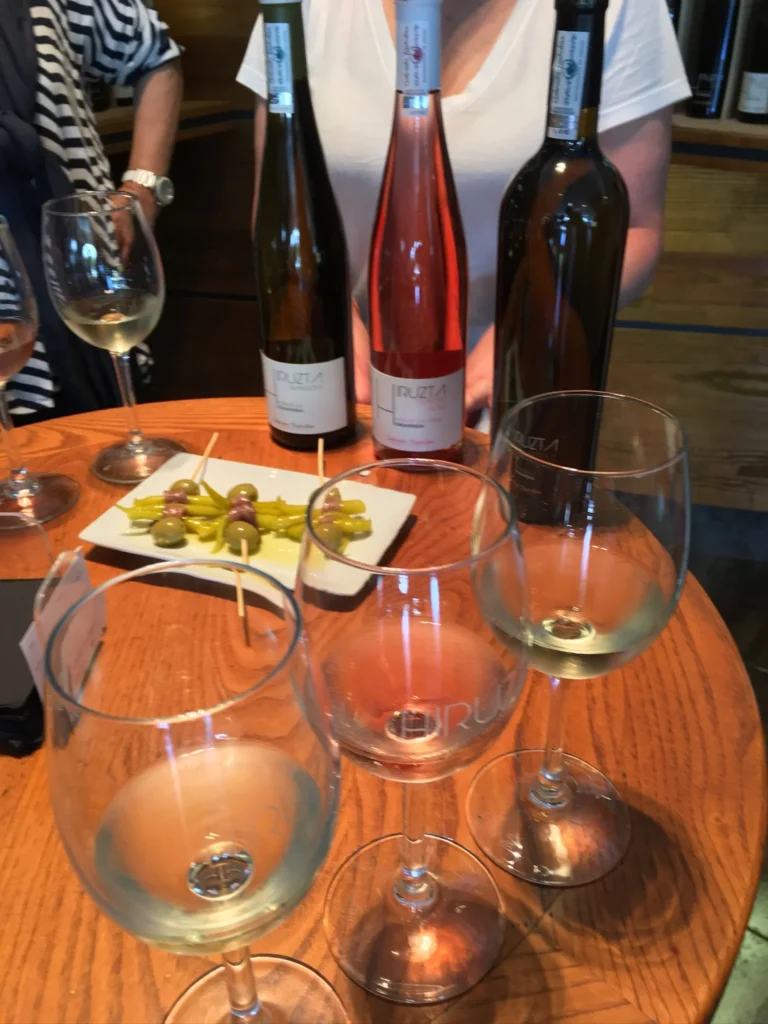

3. Montsant: The Hidden Gem Next to Priorat in Spain’s Wine Regions
Adjacent to Priorat, the lesser-known Montsant region shares its neighbor’s rugged beauty and winemaking prowess but often at more approachable price points. With Grenache and Carignan as its mainstay grape varieties, Montsant crafts a diverse range of wines. These range from robust reds to crisp whites, each reflecting the unique terroir and skilled craftsmanship of the region.
How to Reach Montsant?
- Arriving in Montsant is akin to the experience in Priorat, offering a journey into Catalonia’s wine country rich with natural beauty and gastronomic delights. Accessible via Barcelona-El Prat Airport or Reus Airport, travelers can embark on a scenic drive through picturesque landscapes.
Must-Visit Towns Around Montsant:
- Cornudella de Montsant: This charming village serves as a gateway to the Montsant Natural Park and is an ideal base for exploring the surrounding area. Visit the Church of Santa María and wander through the narrow streets lined with traditional stone houses.
- La Morera de Montsant: La Morera de Montsant is a picturesque village with stunning views of the Montsant mountain range, amidst vineyards and olive groves. Explore its historic center, visit the local cooperative winery, and hike the nearby trails for breathtaking vistas.
- Ulldemolins: Situated at the foot of the Serra de Montsant mountains, Ulldemolins is known for its beautiful scenery and outdoor activities. Visit the Gothic Church of Santa Maria and sample local delicacies at one of the village’s cozy restaurants.
Foodie Corner: What to Eat in Montsant?
- Fideuà: A delicious seafood dish similar to paella but made with short, thin noodles instead of rice. Fideuà typically includes a variety of shellfish and fish, as well as garlic, tomatoes, and spices. This results in a flavorful and aromatic dish that’s perfect for sharing.
- Rovellons a la planxa: These wild mushrooms, also known as saffron milk caps, are a seasonal delicacy in Montsant. They are often grilled or sautéed and served as a tapa or side dish.
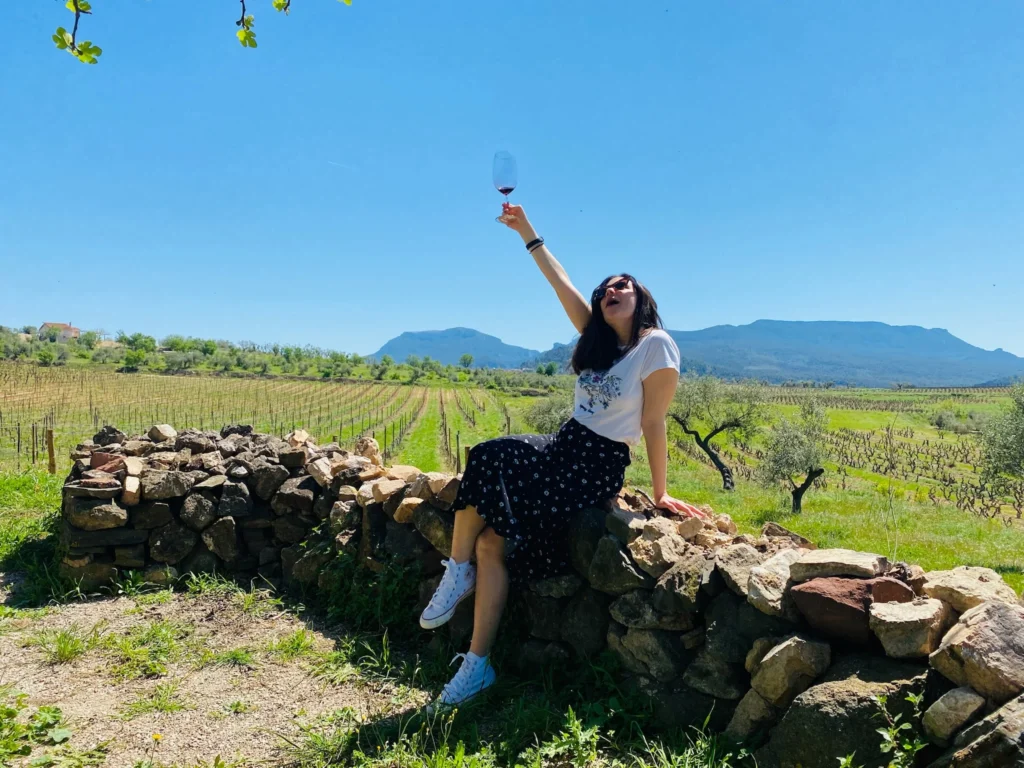
4. Ribeiro: The Home of Exquisite Godello White Wines
Located in the heart of Galicia, Spain, Ribeiro boasts exquisite white wines. The region particularly celebrates the Godello grape, rapidly gaining popularity for its unique and complex flavor profile, featuring notes of citrus, apple, and minerality. With a winemaking tradition over a thousand years old, Ribeiro’s rich history is meticulously preserved and passed down through generations.
How to Reach Ribeiro?
Fly into Santiago de Compostela (SCQ) or Vigo (VGO), both of which offer international and domestic flights. Rent a car for a scenic 1.5-hour drive from either city, enjoying picturesque views of Galicia.
Must-Visit Towns Around Ribeiro:
- Ribadavia: Explore medieval streets lined with historic buildings and charming plazas. Visit the Jewish Quarter to learn about the rich history and cultural heritage of the former Jewish community.
- Arnoia: Relax in the soothing thermal springs, a perfect way to unwind and rejuvenate. Enjoy beautiful landscapes and take a leisurely walk through the lush, verdant countryside.
- Leiro: Tour centuries-old wineries, where you can witness traditional winemaking techniques still in use today. Taste local vintages and savor the unique flavors that define Ribeiro’s exceptional wines.
Foodie Corner: What to Eat in Ribeiro?
- Pulpo a la Gallega: This local octopus dish is a must-try, featuring tender octopus cooked to perfection, seasoned with olive oil, paprika, and coarse salt. It pairs wonderfully with a crisp Godello, enhancing the flavors of both the dish and the wine.
- Empanadas: These savory pastries are a regional delight, typically filled with seafood like mussels or tuna, or with succulent meats such as pork or chicken. Each bite offers a delicious combination of flaky pastry and rich, flavorful fillings.
- Tetilla Cheese: Named for its distinctive breast-like shape, this creamy cheese is unique to the area. With a mild, slightly tangy taste and smooth texture, it’s perfect for enjoying on its own or as part of a cheese platter.
- Tarta de Santiago: This traditional almond cake, with a powdered sugar cross, pairs beautifully with Ribeiro’s dessert wines. Its moist, dense texture and rich almond flavor make it an ideal way to end a meal.
Exploring Ribeiro offers a blend of rich history, stunning scenery, and unforgettable culinary experiences. Whether you’re a seasoned wine lover or a curious traveler, this region has something for everyone.
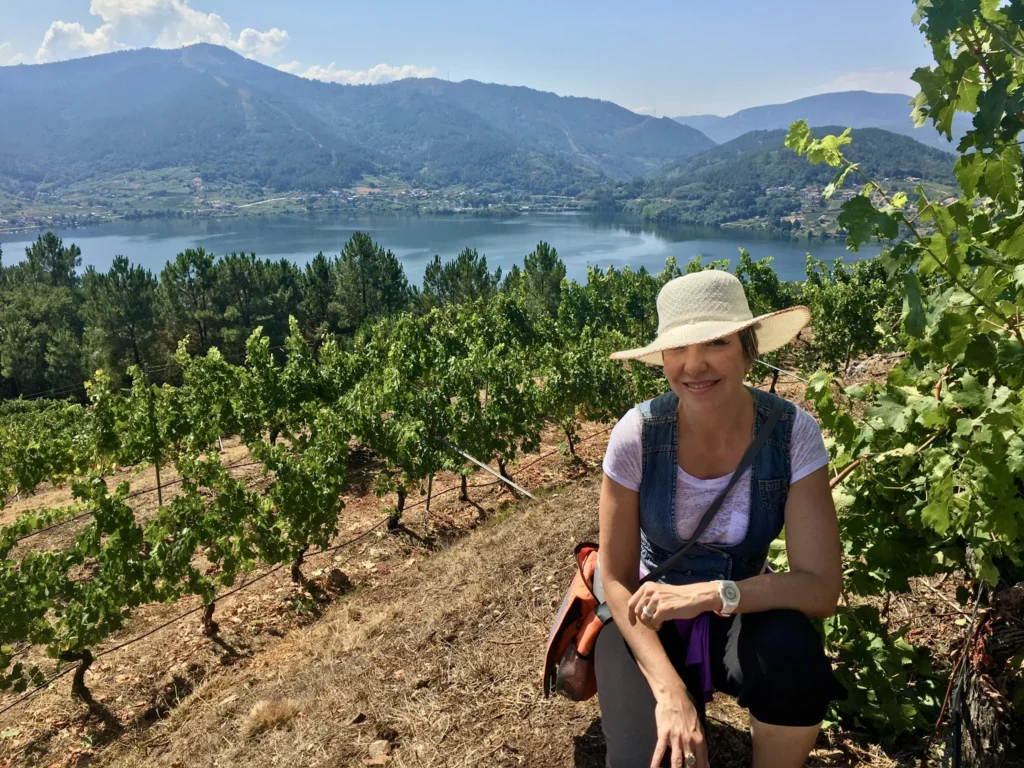
5. Montilla-Moriles: The Realm of Generous Wines
Montilla-Moriles, located near Córdoba, Spain, is famous for its fortified wines, similar to those from Jerez. This region produces exceptional white wines, particularly from the Pedro Ximénez grape, which is gaining popularity for its unique flavor. With a rich winemaking history, Montilla-Moriles is a must-visit for any wine enthusiast.
How to Reach Montilla-Moriles?
For convenient access to Montilla-Moriles, fly into Seville (SVQ) or Málaga (AGP), both serving international and domestic flights. Alternatively, drive from Córdoba, just an hour away, enjoying scenic routes with picturesque views of Andalusia’s rolling hills and vineyards.
Must-Visit Towns Around Montilla-Moriles
- Montilla: Explore historic wineries and sample the region’s famous Pedro Ximénez wines. Stroll through charming streets and visit the local wine museum.
- Moriles: Visit traditional bodegas and taste a variety of fortified wines. Enjoy the town’s relaxed atmosphere and picturesque surroundings.
- Aguilar de la Frontera: Discover its rich cultural heritage and impressive architecture. Tour local wineries and enjoy tastings of exceptional wines.
Foodie Corner: What to Eat in Montilla-Moriles?
- Salmorejo: A cold, creamy tomato soup, perfect for a refreshing start to your meal. Pairs well with local dry wines.
- Rabo de Toro: A hearty oxtail stew, slow-cooked to perfection. Enjoy with a robust Montilla-Moriles red wine.
- Flamenquín: A fried pork roll filled with ham and cheese, crispy and flavorful. Pairs nicely with a light, chilled white wine.
- Pastel Cordobés: A traditional puff pastry filled with sweet pumpkin and cinnamon. Pairs beautifully with a sweet Pedro Ximénez wine.

Exploring Montilla-Moriles offers a delightful blend of rich history, stunning landscapes, and unforgettable culinary experiences. Whether you’re a seasoned wine lover or a curious traveler, this region has something for everyone. Plan your visit to Montilla-Moriles today and discover the magic of Andalusia’s wine country.
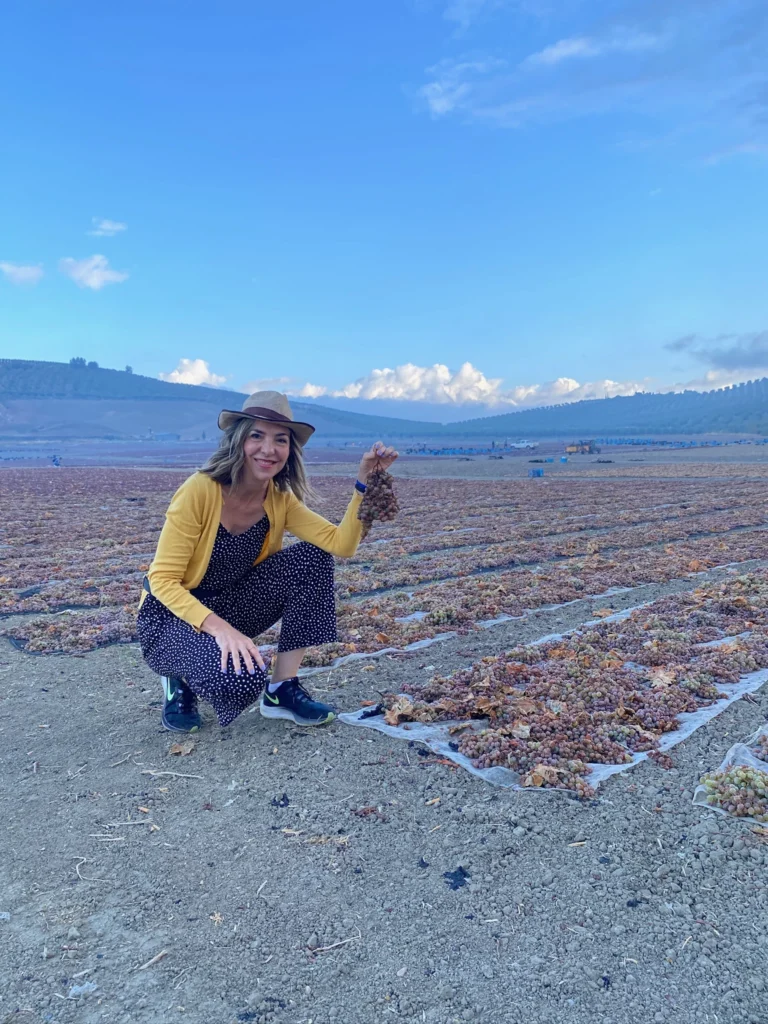
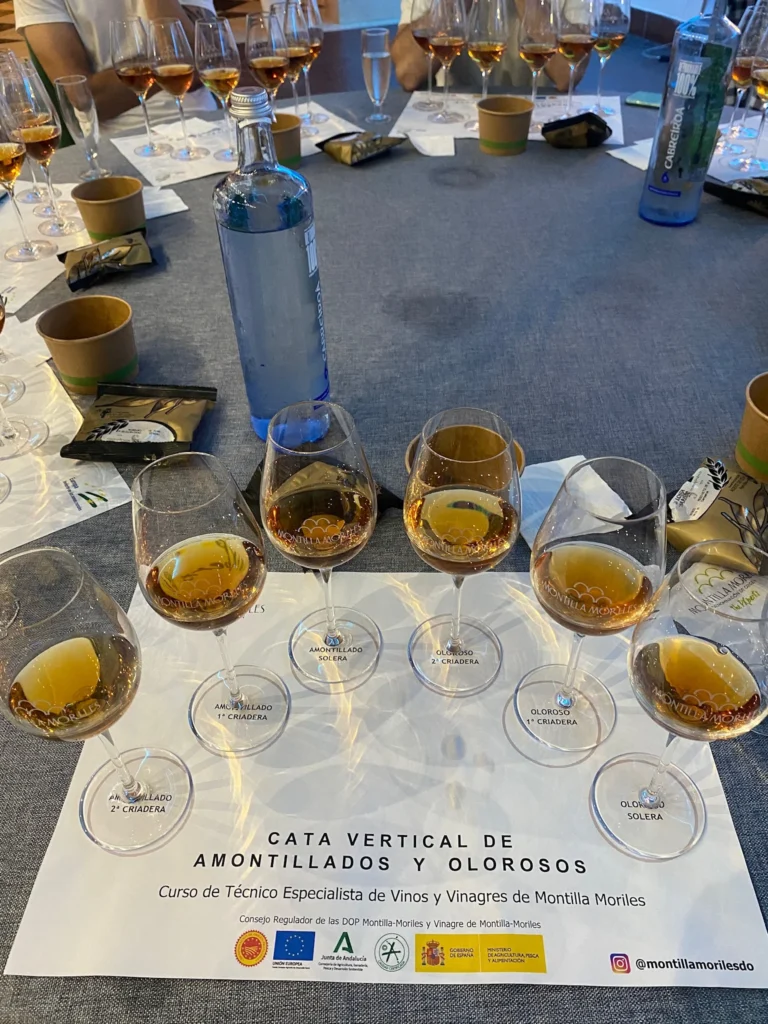
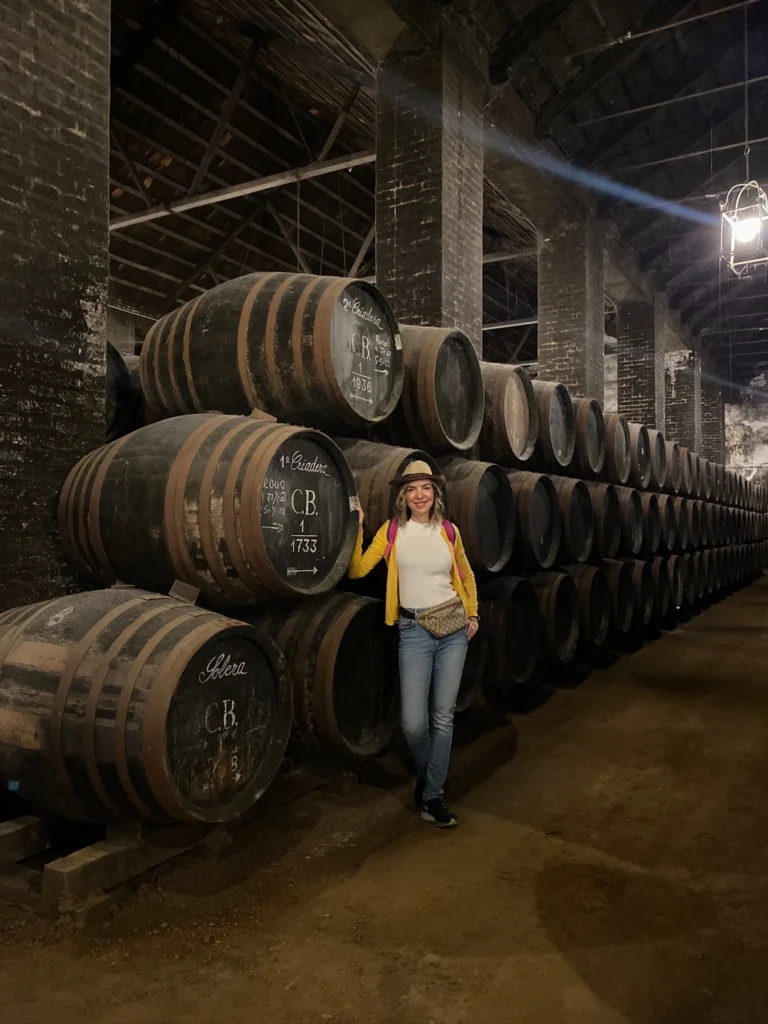
Explore lesser-known spanish wine regions with Colorful Wines. Discover rich traditions, unique flavors, and breathtaking landscapes in Bierzo, Basque Country, Montsant, Ribeiro, and Montilla-Moriles. Cheers to new adventures!

